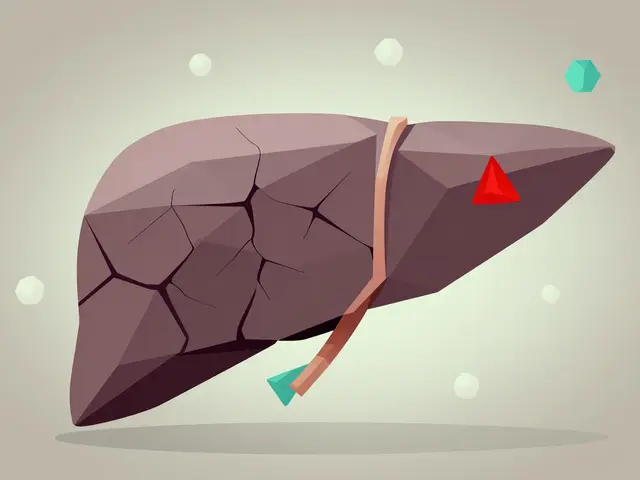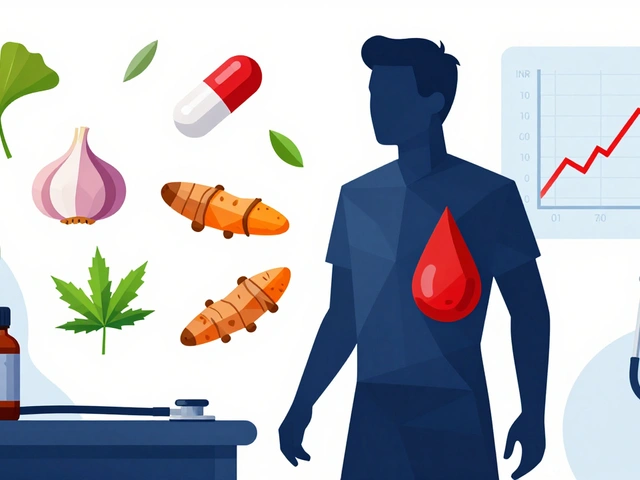Metoprolol: What it treats and how to use it safely
Metoprolol is a beta blocker doctors commonly prescribe for high blood pressure, angina (chest pain), irregular heartbeats, and after a heart attack. You’ll see it as metoprolol tartrate (short-acting) or metoprolol succinate (extended-release). Both lower heart rate and reduce the heart’s workload, which helps symptoms and lowers risk over time.
How metoprolol works and when you'd take it
Think of metoprolol as a brake for the heart. It slows the heartbeat and eases pressure on blood vessels. That helps when your heart is working too hard or beating too fast. Doctors might start it after a heart attack, for chronic heart failure, or simply to bring down blood pressure. If you have angina, it helps reduce chest pain by lowering oxygen demand.
Doses, side effects, interactions, and practical tips
Common starting doses: for tartrate, doctors often start at 25–50 mg twice daily; for succinate, 25–100 mg once daily. Your doctor will adjust based on blood pressure and pulse. Don’t change the dose or stop suddenly — stopping quickly can cause rebound high blood pressure or worse chest pain. If you need to stop, ask your doctor for a taper plan (usually over 1–2 weeks).
Watch for these common side effects: tiredness, dizziness, slow pulse, cold hands or feet, and mild digestive upset. Serious but rare signs include fainting, shortness of breath, wheezing, or very slow heartbeat (below about 50 bpm). If any of those happen, call your doctor.
Drug interactions matter. Metoprolol can interact with other heart meds like calcium channel blockers (diltiazem, verapamil), certain antidepressants, digoxin, and some diabetes drugs. Combining with other drugs that slow heart rate raises risk of very slow pulse or low blood pressure. Tell your clinician about all prescriptions, OTC meds, and supplements you use.
Practical tips: take succinate once daily, usually in the morning; tartrate is often split into two doses. You can take metoprolol with or without food, but taking it at the same time each day helps you remember. Avoid sudden heavy exercise when you’re new on the drug until you know how it affects you. Limit alcohol until you see how metoprolol changes your blood pressure or how tired you feel.
Monitoring is simple: check blood pressure and pulse regularly, especially during dose changes. If you have asthma or COPD, mention it—beta blockers can tighten airways in some people. Also tell your doctor if you have diabetes; metoprolol can mask symptoms of low blood sugar.
Questions for your prescriber: ask about the right form (tartrate vs succinate), how fast to expect results, and when to get labs or follow-up. If something feels off, don’t wait—call your clinician or pharmacist. A few quick checks and good communication keep metoprolol working well and safely for you.
Toprol is a commonly prescribed beta blocker that helps manage high blood pressure, heart failure, and other heart issues. This article covers how Toprol works, its real benefits and possible side effects, as well as practical advice for people who take or are considering this medication. You’ll also find information about what to expect, alternative treatments, and everyday tips for living better with heart medicine. If you want a down-to-earth guide that makes sense of the facts without scaring you, this is for you.
Continue reading...






